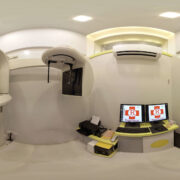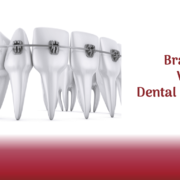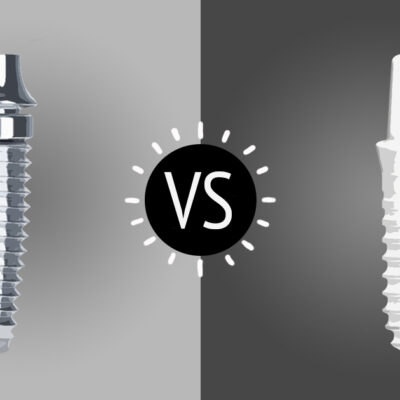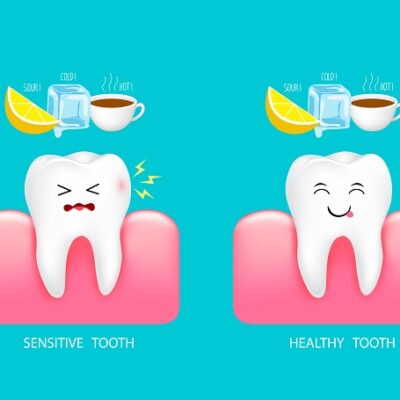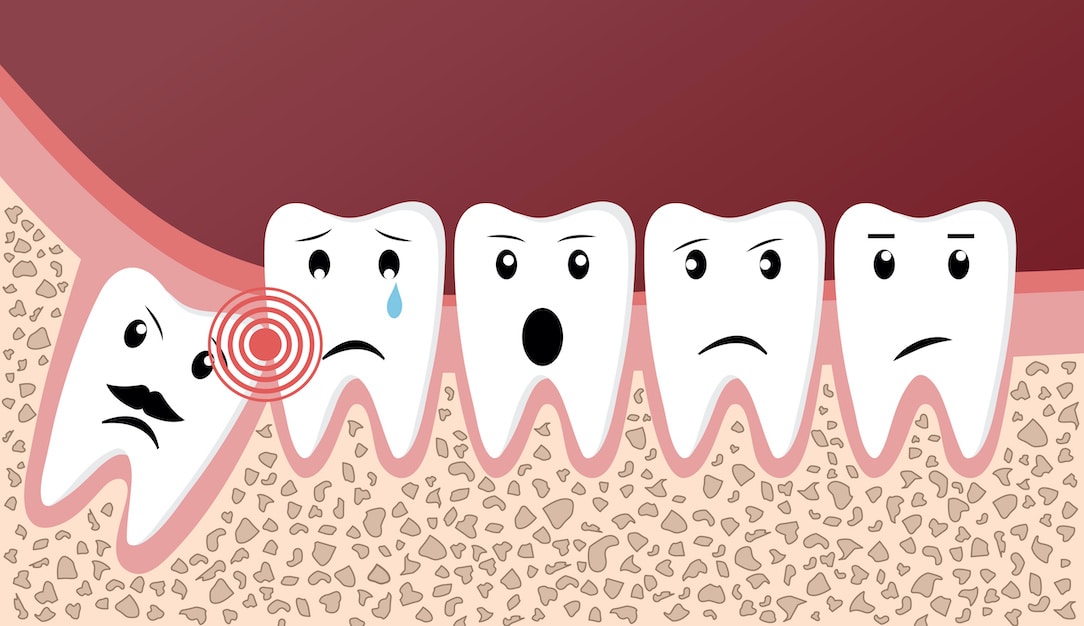Computerised cone-beam computed tomography (CBCT) scan after dental implant surgery is one of the most advanced imaging techniques used in dentistry today. Cone-beam CT scanning combines the advantages of both conventional two-dimensional (2D) and CT scanning while eliminating the disadvantages. It produces high-resolution 3D images with a wider view than traditional 2D X-ray or MRI, allowing the dentist to take a closer look at small structures such as dental implants and bone grafts. The benefits of CBCT scan after implant surgery include Better visualization of jaw bones and dental implants; detection of smaller fragments and cracks in jaw bone; improved surgical precision; better planning for future surgeries; and a faster healing process.
What is a CT scan for dental implants?
When you think about visiting a dentist’s office, you usually think of toothbrushes, drills, x-ray images, and bright lights. You typically do not think about having a CT scan for your teeth, do you? Imaging technology has improved and advanced drastically, introducing the CBCT machine.
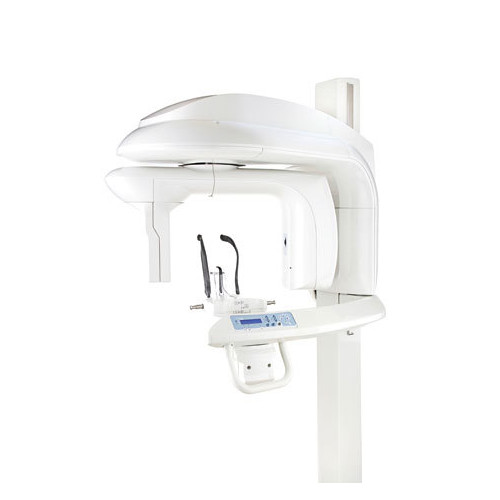
The CBCT machine, also known as the cone beam CT scanner, develops a 3D image of your mouth and skull. X-rays only create a 2D picture of your skull and mouth. Other methods of taking photos of your teeth require a lot of radiation to create the same level of detail a CBCT machine would generate.
Better visualization of jaw bones and dental implants
One of the major benefits of CBCT scan after implant surgery is better visualization of jaw bones and dental implants. This is important because it allows the dentist to see if there are any cracks or defects in the jaw bones where implants were placed. If there are defects, then the dentist can repair them before placing the dental implants using the CBCT scan data as a guide. Implant surgery is delicate, and the slightest misalignment or mistake can lead to complications and even implant failure.

Using a CT scan to guide the placement of dental implants reduces the risk of misplacement and ensures a proper fit. CBCT scan images are in color, so the dentist can easily identify the position of the jaw bones, gums, and implants in the mouth. This makes it easy to see if the dental implants are placed in the right position. CBCT scan images are also 3D, so the dentist can rotate the image and see the implants from different angles.
Detection of smaller fragments and cracks in the jaw bone
Another benefit of CBCT scan after dental implant surgery is the detection of smaller fragments and cracks in the jaw bone. CBCT scan images show more details than traditional X-rays, including small cracks and defects in the jaw bone. When you get a CT scan after dental implant surgery, the dentist examines the images to look for any fragments or cracks in the jaw bone. If he/she finds any, he/she will use the images as a guide for repairing the defects.

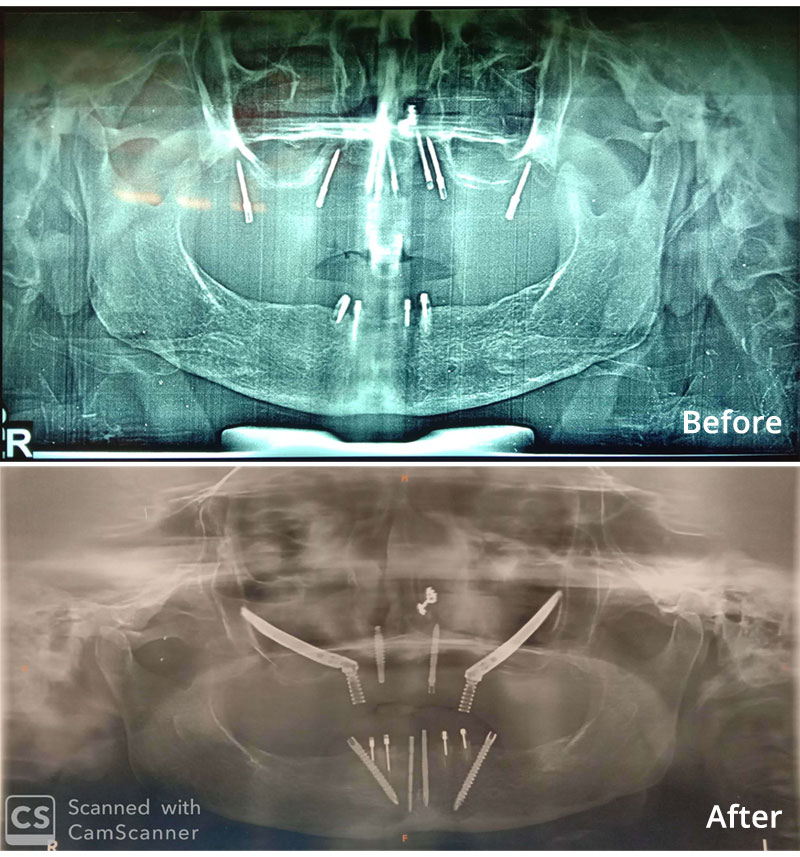

This can help prevent infection in the implant and improve healing. If the dentist finds that a large fragment or crack is blocking the way to the jaw bone, he will have to remove it. The dentist can use the CBCT scan data to make sure he removes the right piece of the jaw bone. This will make more room for dental implants and improve the success rate of dental implant surgery.
Improved surgical precision
Another great benefit of CBCT scan after dental implant surgery is improved surgical precision. For example, if the dentist is placing an implant in the upper jawbone, he/she will use the CBCT scan data to guide the placement of the implant precisely. CBCT scan shows a wider view of the upper jawbone, which makes it easier to place implants accurately. This minimizes the risk of misplacement, which can lead to implant failure. Better surgical precision also reduces the time spent on dental implant placement.
Better planning for future surgeries
Another great benefit of CBCT scan after dental implant surgery is better planning for future surgeries. If the dentist is planning to do other dental implant surgeries, then he/she can review the CBCT scan images to see if there are any areas that need to be corrected. For example, if the dentist notices that the jaw bone is thinner than it should be, then he/she can use the images as a guide to performing a bone graft procedure. CBCT scan images show where the thinner parts of the jaw bone are, which makes it easier to decide where to do bone grafting.
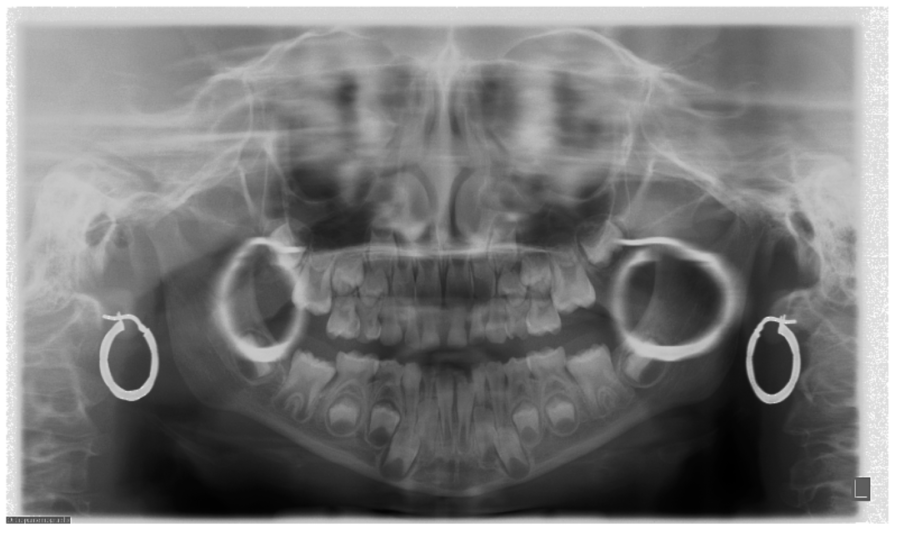
Faster healing process
The last but not least benefit of a CBCT scan after dental implant surgery is a faster healing process. CBCT scan images can help the dentist see any problems in the healing process and make corrections. If the dentist notices that the gums around the implant are inflamed and swollen, then he/she can use the CBCT scan images as a guide to decide what to do. The CBCT scan images will show where the swelling is, which will make it easier to decide if there is any infection. If the dentist notices any problems with the healing process, he/she can use the CBCT scan images as a guide to making corrections. This will help reduce the swelling and speed up the healing process.
Conclusion
Computerized cone-beam computed tomography (CBCT) scan after dental implant surgery is one of the most advanced imaging techniques used in dentistry today. Cone-beam CT scanning combines the advantages of both conventional two-dimensional (2D) and CT scanning while eliminating the disadvantages. The benefits of CBCT scan after dental implant surgery include better visualization of jaw bones and dental implants, detection of smaller fragments and cracks in the jaw bone, improved surgical precision, better planning for future surgeries, and a faster healing process. CBCT scan is a great imaging technique that produces high-resolution 3D images with a wider view than traditional 2D X-ray or MRI.


